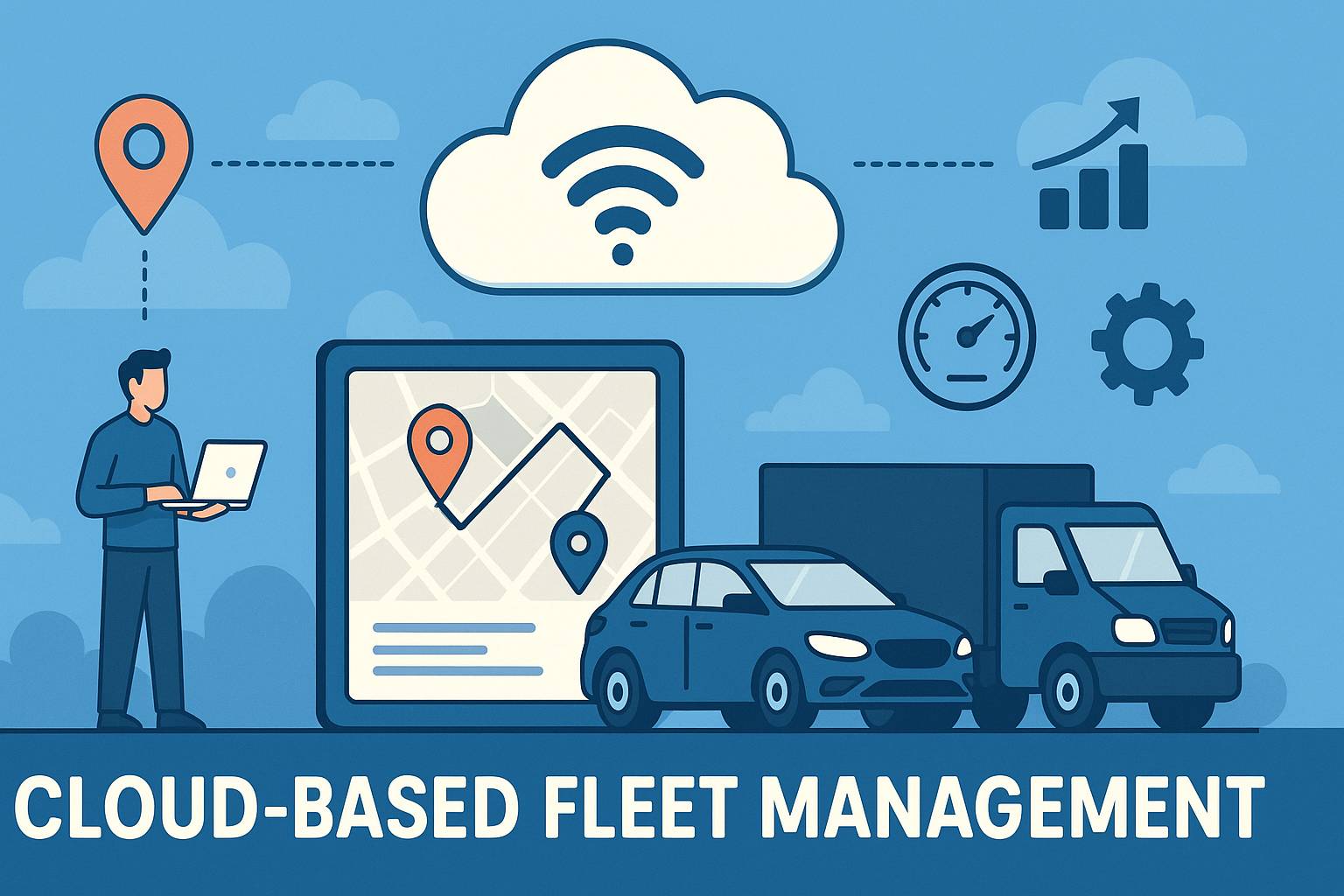
Cloud-Based Fleet Management: When Trucks Talk Back
Picture this: It’s 2 a.m., and Kyle, a fleet manager, is pacing his office, sweat beading on his forehead. His delivery trucks are late, scattered across three states, and he has no idea where half of them are. This was the reality for many business owners a few years ago—caught in the chaos of traditional fleet management. But then, cloud-based fleet management systems swooped in like a superhero, transforming nightmares into success stories. Here’s how it happened—and why it could transform businesses everywhere.
Before cloud technology, fleet management often felt like herding cats in the dark. For companies with a few trucks—or even a large fleet—the task of tracking vehicles, monitoring maintenance, and managing drivers was an overwhelming daily challenge. Paper logs got lost, drivers missed routes, and fuel costs spiraled. Updates pieced together from frantic phone calls, and crucial information was often scattered across different systems.
For Kyle, the breaking point came when he lost a major client after a shipment inexplicably vanished. That’s when he realized something needed to change—fast.
Enter Cloud-Based Fleet Management
With the rise of cloud technology, Kyle and countless other fleet managers gained access to a digital command center, easily accessible from any laptop or smartphone. These systems promised GPS tracking, route optimization, and automated maintenance alerts—all hosted securely in the cloud. There was no need for clunky hardware or specialized IT knowledge. And with no upfront capital expenses and ensuring their business is future ready when it grows or ventures into new businesses.
Skeptical but desperate, Kyle decided to give it a shot..
The Transformation Begins
The first day using a cloud-based fleet management system was a revelation for Kyle. He logged in and immediately saw a real-time map of his fleet’s vehicles—no more guessing where each truck was. When a driver in Ohio was delayed, Kyle quickly rerouted the truck, saving 30 minutes. Fuel reports showed areas where costs could be reduced. By the end of the week, late deliveries dropped by 70%, and Kyle was finally able to sleep without stress. The cloud didn’t just store data; it gave Kyle control.
The beauty of cloud-based fleet management lies in its simplicity. The system syncs data instantly—vehicle locations, driver hours, even engine diagnostics—without requiring any manual input. When one of Kyle’s trucks had a warning light flicker, the system sent an alert before the issue escalated, saving thousands in potential repairs. Customers noticed the difference too—real-time updates turned frustration into loyalty. One customer even called Kyle “the logistics wizard.”
Also Read: How LogiNext is Paving the Way for Smarter Fleet Management
The Bottom Line
Is cloud-based fleet management perfect? Not entirely. There are occasional internet hiccups, and there’s a learning curve. But the benefits far outweigh the challenges. For Kyle, the reduction in costs, happier drivers, and smoother operations have been undeniable. His company has even landed major contracts it would have otherwise lost, all thanks to the ability to prove his fleet’s efficiency in real time.
For business owners still juggling spreadsheets and hoping for the best, it’s time to embrace the future. Cloud-based fleet management isn’t just a tech upgrade—it’s a lifeline. The 2 a.m. panic Kyle once faced is now a distant memory, replaced by the peace of mind that comes with knowing his fleet is running smoothly from the cloud. For businesses looking to stay competitive and ahead of the curve, the future of fleet management is here. Click on the red button and book a demo with LogiNext Solutions to get the best fleet management software.
3







@LogiNext